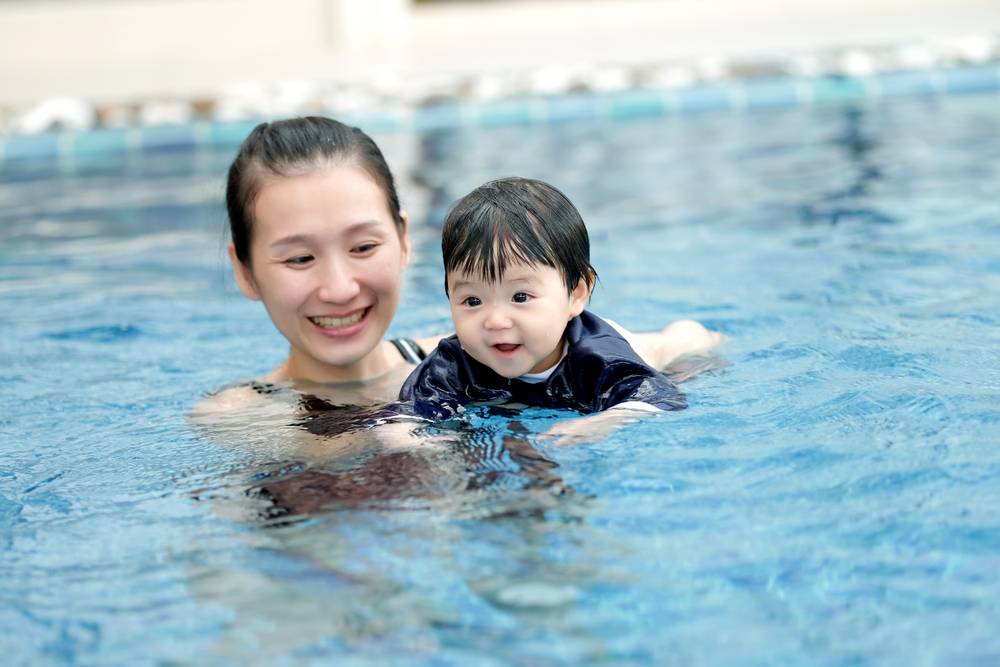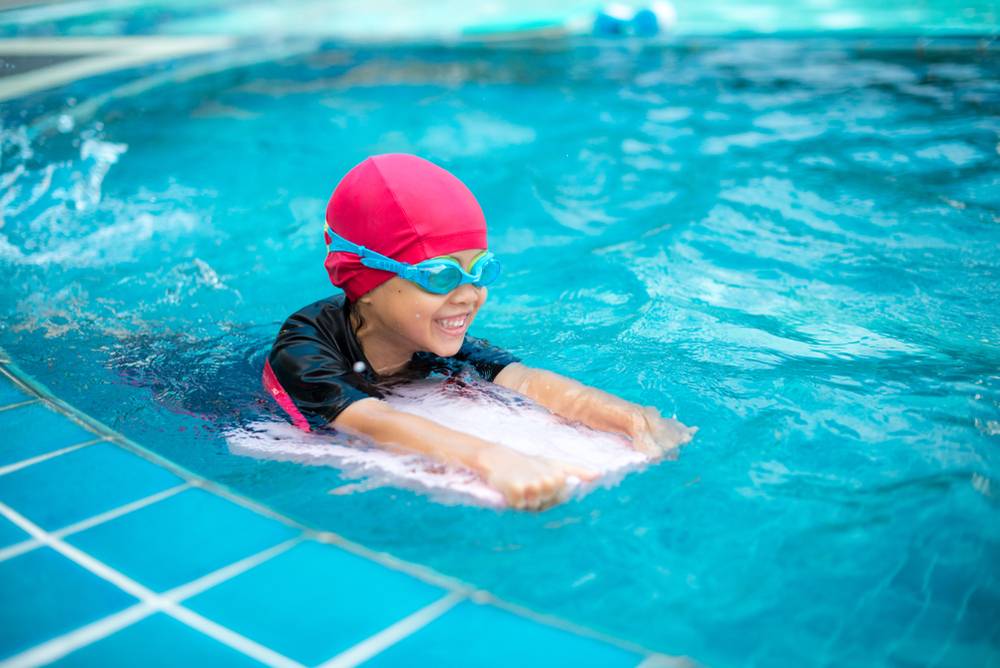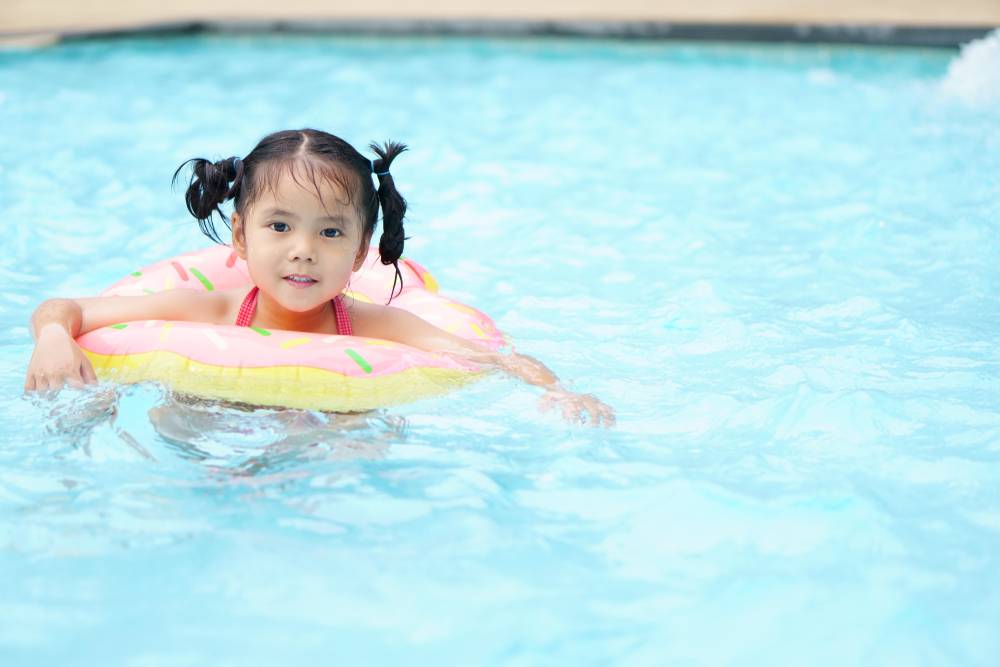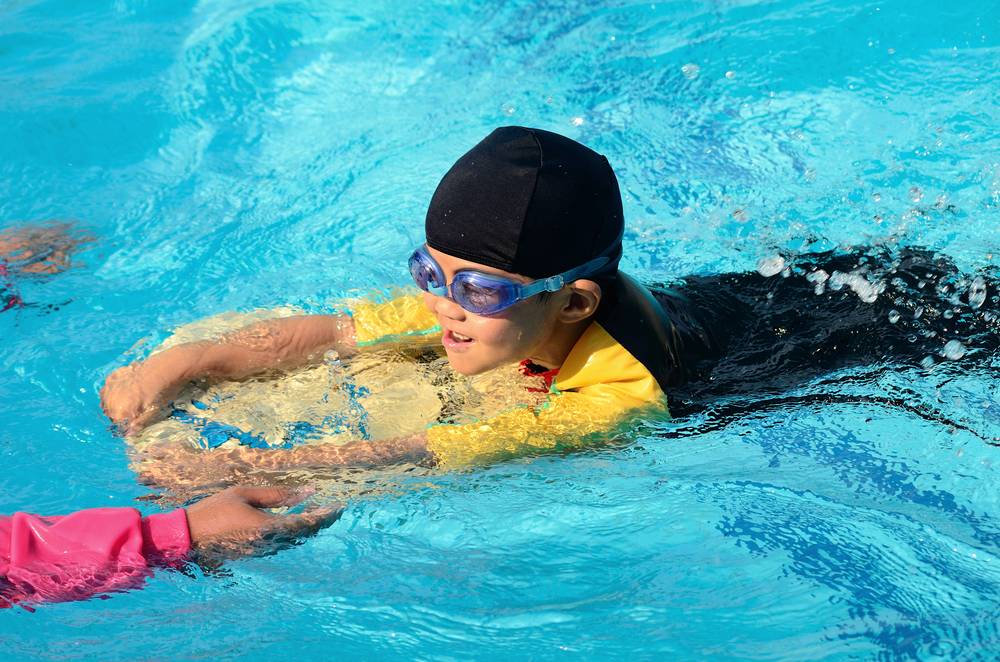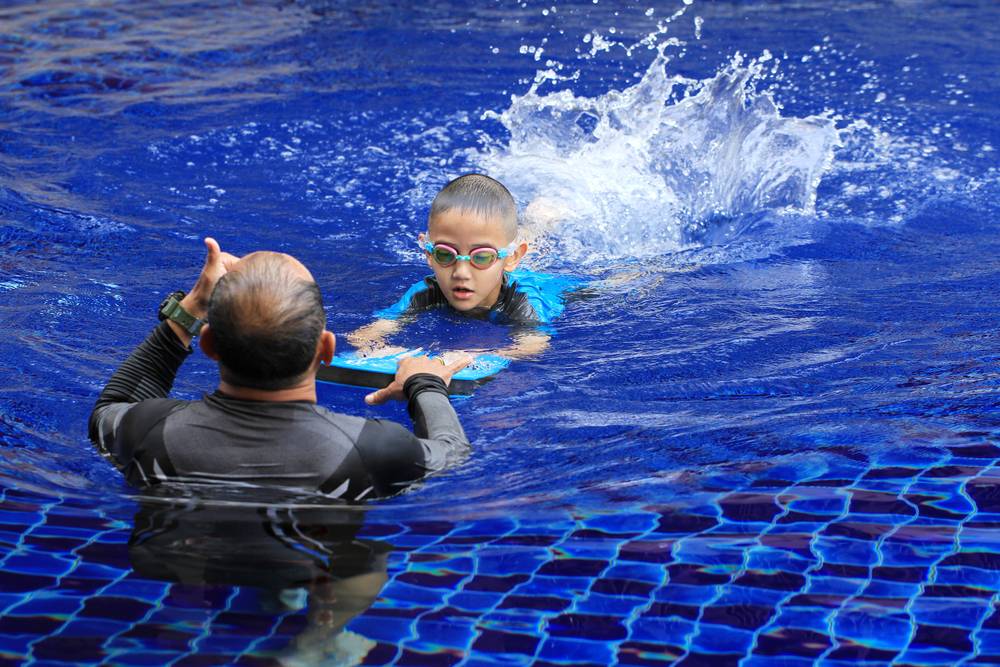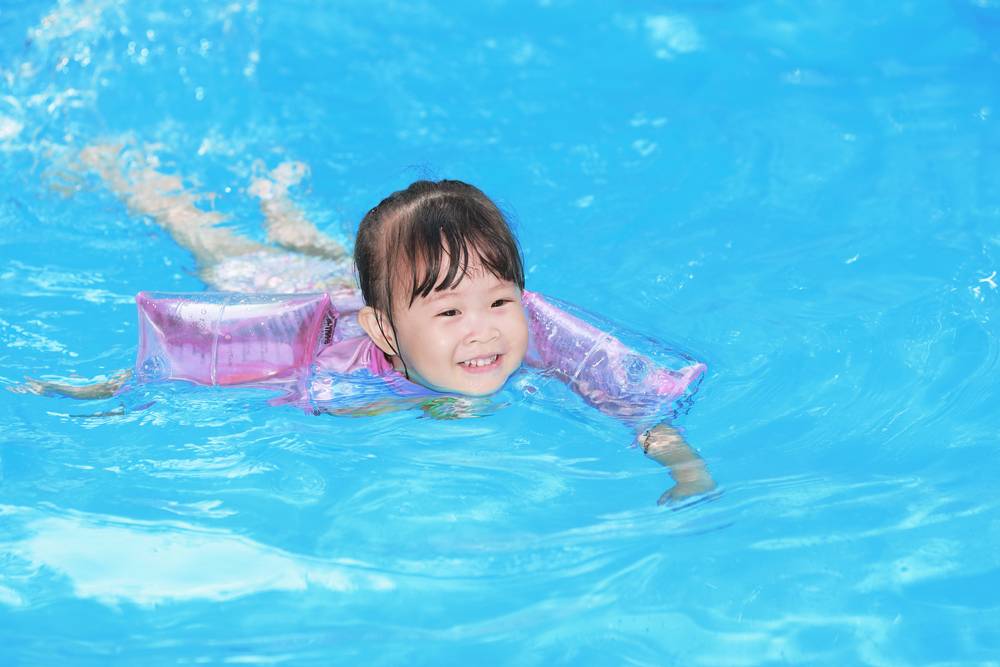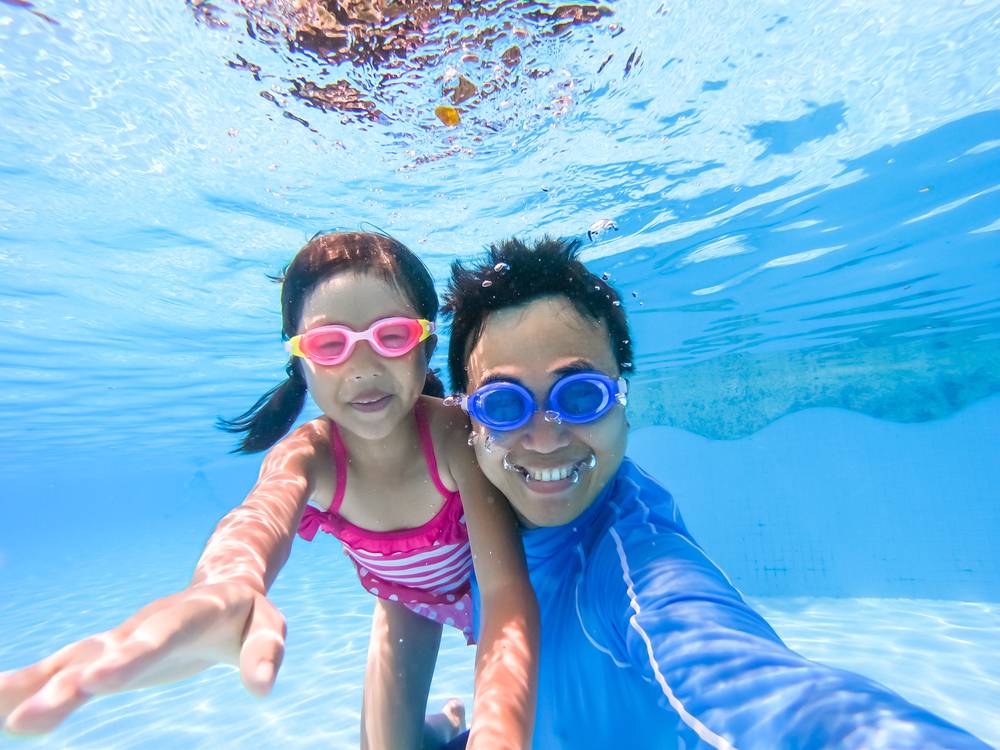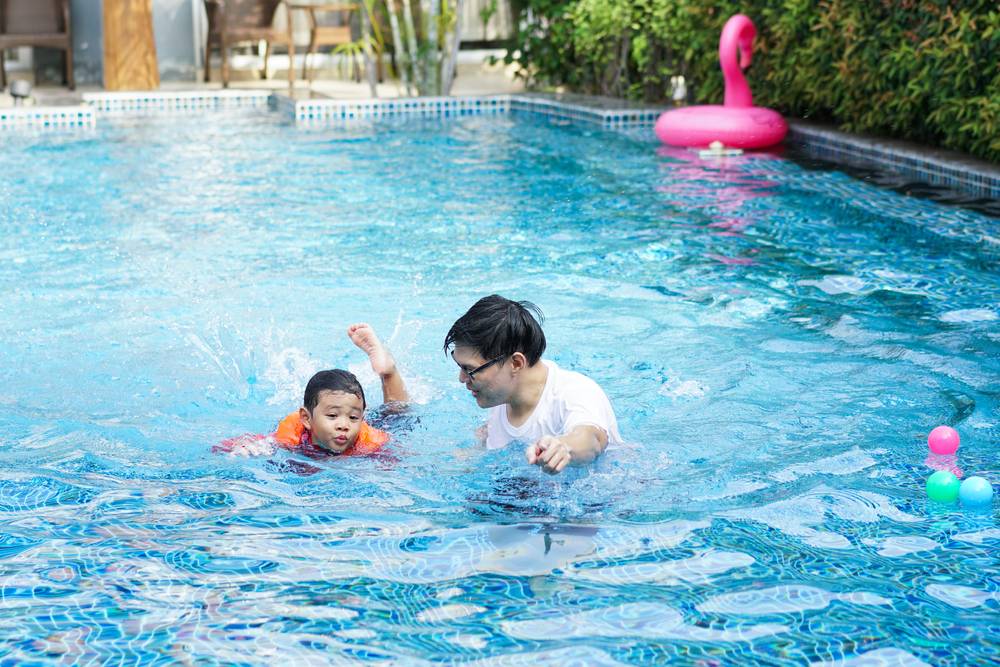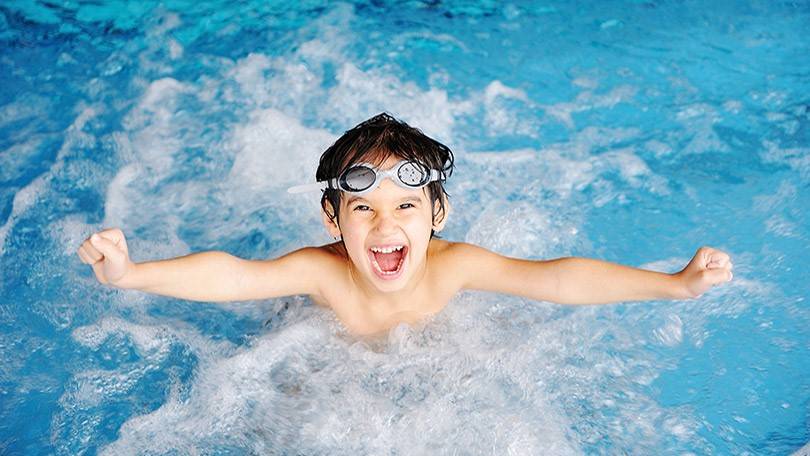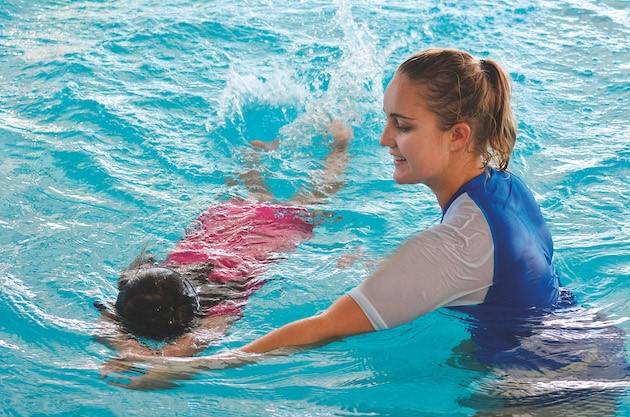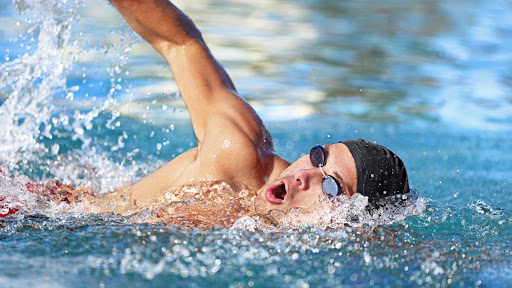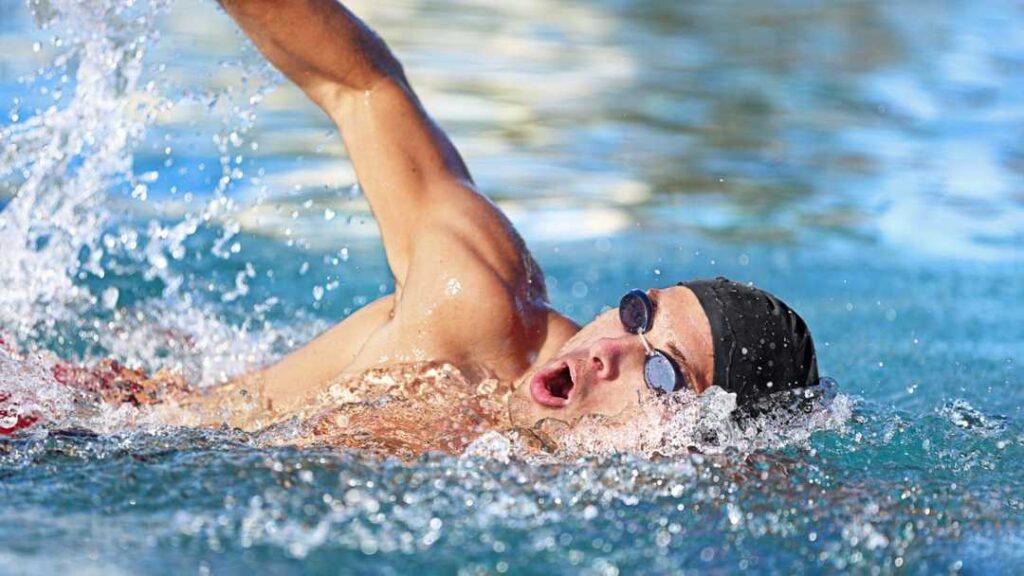How To Breathe While Swimming For Maximum Efficiency
Breathing is something most of us don’t think twice about — until we’re in the water. Suddenly, it becomes a strategic skill. Knowing how to breathe while swimming for maximum efficiency can mean the difference between cruising effortlessly and gasping mid-lap. At HydroSplash Swimming Academy, we’ve seen swimmers transform their stamina, comfort, and performance simply by refining their breathing technique.
Breathing in swimming isn’t just about getting air; it’s about timing, control, and keeping your body aligned. When you master it, you not only swim longer without fatigue, but you also keep your stroke smooth and your confidence high.
Why Proper Breathing Matters In Swimming
Breathing well is the foundation of endurance. In our stamina-focused training, like the ones mentioned in our Best Swim Workouts To Improve Your Stamina article, we often explain that oxygen fuels your muscles. Without enough, fatigue sets in early, strokes become sloppy, and your pace suffers. But with efficient breathing, your body works in harmony, letting you sustain effort without that dreaded “out of breath” feeling.
Sport Singapore highlighted that swimmers who incorporated structured breathing drills into their weekly routine improved their lap times by up to 18% and reported a greater sense of ease during long-distance sets. That’s the power of breathing done right.
Understanding The Rhythm Of Breathing
One of the biggest mistakes beginners make is holding their breath underwater and then exhaling and inhaling in one rushed motion at the surface. This not only wastes energy but also disrupts rhythm. At HydroSplash, we teach swimmers to exhale steadily while underwater and inhale quickly but calmly when the mouth clears the water. This keeps oxygen flow continuous and helps maintain a smooth stroke cycle.

Our swimming coaches often use simple cues like “blow bubbles underwater” to help younger swimmers get comfortable with this process. Over time, it becomes second nature, much like breathing on land — except with a little more style.
Bilateral Breathing For Balance
If you’ve ever felt lopsided after a swim, it could be because you always breathe on the same side. Bilateral breathing — alternating sides every three strokes — not only improves symmetry but also keeps you more adaptable in open water, where waves or sunlight might block one side.
Bilateral breathing also helps prevent muscle imbalances in the neck and shoulders, something we pay close attention to in our School Holiday Swimming Lessons. Kids who learn this early develop smoother strokes and better body alignment as they grow.
Breathing Drills To Build Efficiency
We integrate hypoxic training — intentionally reducing breathing frequency — to boost lung capacity and oxygen efficiency. For example, swimming with a breath every five or seven strokes forces the body to adapt to lower oxygen availability, enhancing endurance over time.
Of course, safety comes first. These drills are always supervised by our coaches to ensure swimmers remain comfortable and confident. The idea isn’t to deprive but to train the body to use oxygen wisely, so when normal breathing patterns return, they feel effortless.
Synchronising Breathing With Stroke Mechanics
Every stroke has its breathing sweet spot. In freestyle, turning the head just enough to clear the mouth without lifting it keeps the body streamlined. In breaststroke, inhaling during the recovery phase and exhaling underwater ensures minimal drag. In butterfly, timing the breath during the arm recovery keeps momentum flowing.
HydroSplash coaches break down these timing patterns, ensuring swimmers develop habits that maximise speed and minimise wasted energy. It’s about making breathing a seamless part of the stroke — not an interruption.
Mindset And Relaxation
Breathing efficiency isn’t purely physical; it’s mental too. Nervous swimmers often breathe shallowly, which limits oxygen intake and increases anxiety. We use relaxation techniques, such as floating drills and slow, controlled laps, to build trust in the water. Once swimmers feel calm, their breathing naturally deepens and becomes more efficient.
We’ve seen swimmers who used to panic in the first few laps now complete long-distance sets with smiles on their faces. That’s the magic of pairing technique with confidence.
Why HydroSplash’s Approach Works
At HydroSplash Swimming Academy, our breathing training isn’t a one-size-fits-all approach. We assess your current technique, endurance level, and goals before tailoring a plan. Whether it’s helping a child breathe comfortably during their first swim class or refining an adult swimmer’s breathing for open water races, we focus on precision and comfort.
The result? Swimmers who move with less effort, more speed, and far greater stamina — all because they’ve learned how to breathe while swimming for maximum efficiency.
Final Word On How To Breathe While Swimming For Maximum Efficiency
Breathing in swimming isn’t something to “get over with” between strokes — it’s the heartbeat of your performance. When mastered, it turns swimming from a tiring chore into a controlled, enjoyable, and even meditative experience.
If you’re ready to experience this transformation, join us at HydroSplash Swimming Academy. Our expert coaches will guide you through tailored breathing drills, stroke integration, and endurance training to help you swim farther, faster, and with total confidence.
Click on the link to find out more about HydroSplash Swimming. Chat with our representatives today!
About HydroSplash Swimming
Adult Swimming Lesson
Private Swimming Lesson
Kids Swimming Lesson
Whatsapp Us

